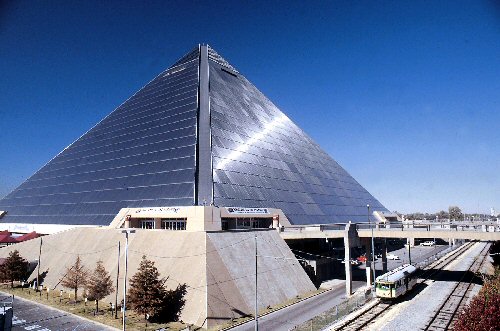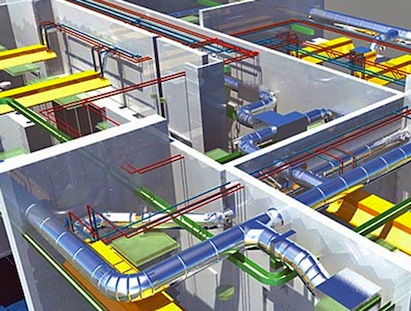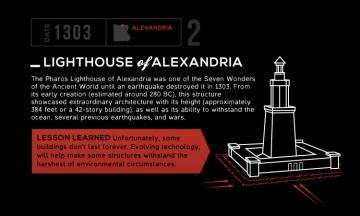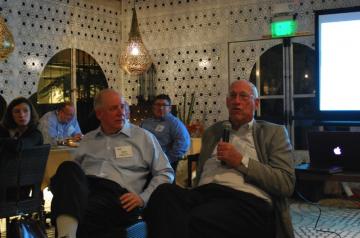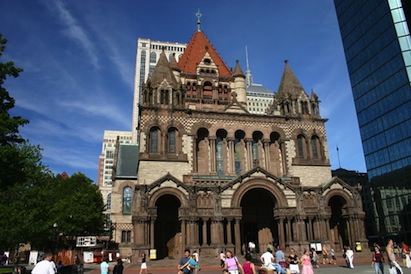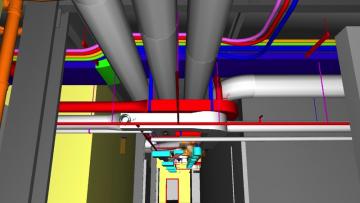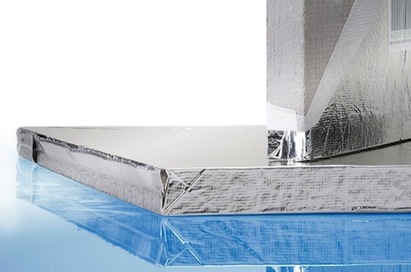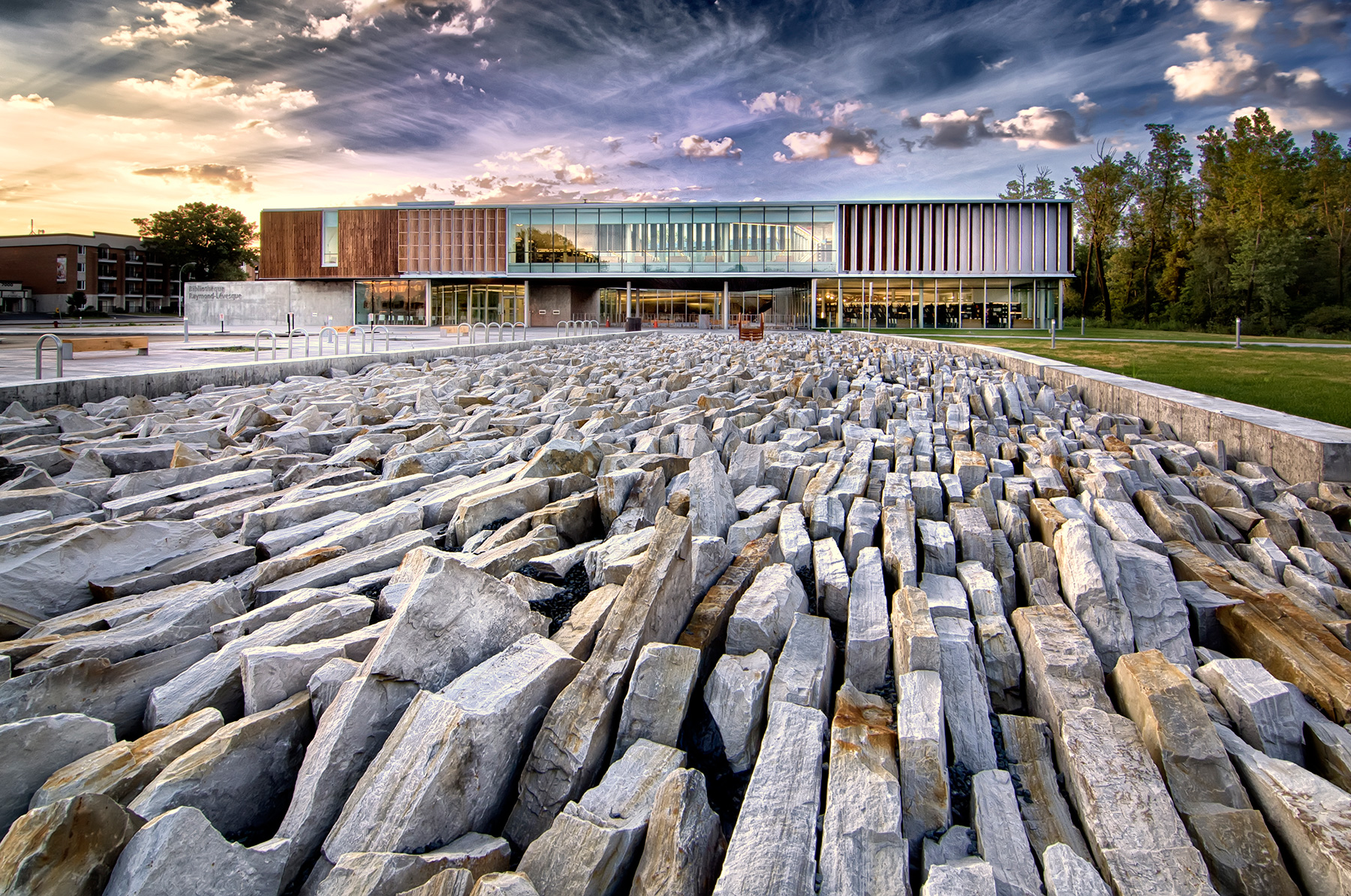BD+C editors and our contributors posted hundreds of blogs in 2013. Here's a recap of the most popular topics. They include valuable lessons from one of the first BIM-related lawsuits and sage advice from AEC legend Arthur Gensler.
1. Lawsuit teaches valuable lesson on BIM and communication
While browsing through some magazines on a flight, I read a cautionary tale about one of the first BIM-related lawsuits. The crux of the issue centered on the lack of communication between the architect, MEP engineer, and contractor. By Sasha Reed Read the post.
2. Eight of history’s biggest design blunders
“Learn from the mistakes of others. You can’t live long enough to make them all yourself.” Eleanor Roosevelt’s famous quote rings true when one considers the many failures and resulting lessons learned in the history of architecture, engineering and design. By Cannon Design Read the post.
3. Arthur Gensler to architects: Don't give away your ideas
The founder of Gensler advises dozens of up-and-coming AEC professionals at BD+C's Under 40 Leadership Summit in San Francisco. By David Barista Read the post.
4. Are these the '10 buildings that changed America'? Not likely
The other day we posted an announcement about PBS's upcoming special, "10 Buildings That Changed America." I don't pretend to be an architectural historian, but does anyone else think there are some unusual choices here? By Robert Cassidy Read the post.
5. Brainstorming solutions to BIM implementation challenges – What hardware do you really need?
Even as more owners, agencies, and AEC firms are turning to BIM, it is impossible to ignore the fact that many of these organizations are still struggling with BIM implementation. By Sasha Reed Read the post.
6. Three new insulation materials could be powerful solutions on commercial retrofits
Three innovative insulation materials, including vacuum insulation panels and phase-change materials, could soon be used for commercial building retrofits in the U.S., as costs of these products fall and revamped local building codes allow their use. By Drew Ballensky Read the post.
7. Does billing by the hour still make sense?
What’s an idea really worth? That’s the question posed by The New York Times in a provocative article that explores whether the notion of billing time still makes economic sense. By Steven Burns Read the post.
8. BIM 2.0 and Google Glass: Science fiction or coming attractions for a job site near you?
Todd Wynne of Rogers-O’Brien Construction is one of only 8,000 people around the globe granted a pair of Google Glass for testing. Here's what he's been up to with the technology. By Sasha Reed Read the post.
9. Better ways to manage PDF drawing sets – A customer's wish comes true
Sometimes in order to solve a challenge, you simply need walk around the problem and look at it from different angles. By Sasha Reed Read the post.
10. Shuttered Pyramid arena in Memphis to be renovated for Bass Pro Shops
The vacant Pyramid arena in downtown Memphis will be transformed into a Bass Pro Shop. Instead of a 210-room hotel on three floors around The Pyramid's interior, Bass Pro Shops founder Johnny Morris is considering building 60 to 80 "cabins" inside the building. By Drew Ballensky Read the post.
Related Stories
Sponsored | | Oct 13, 2014
CLT, glulam deliver strength, low profile, and aesthetics for B.C. office building
When he set out to design his company’s new headquarters building on Lakeshore Road in scenic Kelowna, B.C., Tim McLennan of Faction Projects knew quickly that cross-laminated timber was an ideal material.
Sponsored | | Oct 13, 2014
Think you can recognize a metal building from the outside?
It’s getting more and more difficult to spot a metal building these days. What looks like brick, stucco or wood on the outside could actually be a metal building in disguise. SPONSORED CONTENT
Sponsored | | Oct 13, 2014
Liberty Utilities protects installers with Viega MegaPress
Liberty Utilities of New Hampshire wanted a way to keep its installers safe without compromising the quality of their installations, which is why the utility provider decided to start installing Viega MegaPress. SPONSORED CONTENT
| Oct 13, 2014
Department of Agriculture launches Tall Wood Building Competition
The competition invites U.S. developers, institutions, organizations, and design teams willing to undertake an alternative solution approach to designing and building taller wood structures to submit entries for a prize of $2 million.
| Oct 12, 2014
AIA 2030 commitment: Five years on, are we any closer to net-zero?
This year marks the fifth anniversary of the American Institute of Architects’ effort to have architecture firms voluntarily pledge net-zero energy design for all their buildings by 2030.
| Oct 10, 2014
A new memorial by Zaha Hadid in Cambodia departs from the expected
The project sees a departure from Hadid’s well-known use of concrete, fiberglass, and resin. Instead, the primary material will be timber, curved and symmetrical like the Angkor Wat and other Cambodian landmarks.
| Oct 9, 2014
Regulations, demand will accelerate revenue from zero energy buildings, according to study
A new study by Navigant Research projects that public- and private-sector efforts to lower the carbon footprint of new and renovated commercial and residential structures will boost the annual revenue generated by commercial and residential zero energy buildings over the next 20 years by 122.5%, to $1.4 trillion.
| Oct 9, 2014
More recession-postponed design projects are being resurrected, says AIA
About three quarters of the estimated 700 firms that serve as panelists on AIA’s Architectural Billings Index (ABI) had delayed or canceled major design projects in response to recessionary pressures. Nearly one-third of those firms now say they have since restarted stalled projects.
| Oct 9, 2014
Steven Holl's 'intersecting spheres' scheme for Taipei necropolis gets green light
The schematic design has been approved for the 50 000-sm Arrival Hall and Oceanic Pavilion for the Taiwan ChinPaoSan Necropolis.
| Oct 9, 2014
Beyond the bench: Meet the modern laboratory facility
Like office workers escaping from the perceived confines of cubicles, today’s scientists have been freed from the trappings of the typical lab bench, writes Perkins+Will's Bill Harris.


